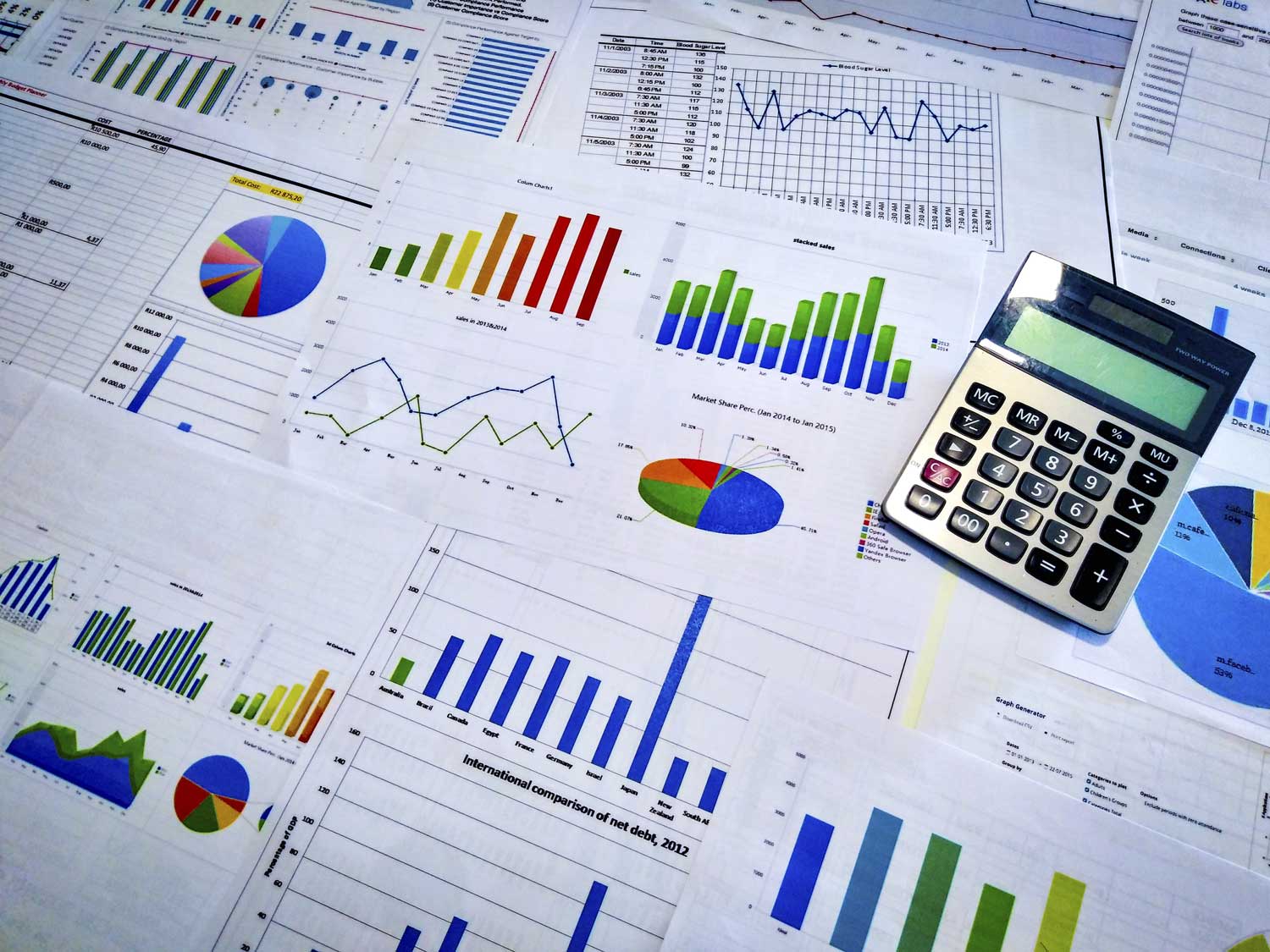As a financial professional, you know the importance of providing clear and effective financial reporting to your clients. However, many reports fall short of executives’ expectations, leaving them wanting more substance. Most accountants follow a checklist of things to report on, only providing what is easy to pull from their chart of accounts. This approach is fine if the destination of the reports is to check a task off the list. But if you want to have your reports used, referenced, and appreciated, you need to understand what executives want to see in a report.
The foundation of every financial report is the chart of accounts. Therefore, it’s crucial to structure your chart of accounts effectively for high-quality reporting. Think of your chart of accounts as a filing cabinet, with each drawer representing an account and each file an accounting transaction. The better organized and structured your filing cabinet is, the more granular your reports can be.
Here are some quick steps to help you organize your chart of accounts:
- Build to management goals: Think about managerial accounting to provide the required reports for GAAP and tax reports and in-depth reporting for your client’s management team.
- Get more granular: Separate your accounts into parent/child accounts to collect specific data and provide powerful insight into different areas of the business.
- Use account numbers: The numbering system requires some thought, as it will impact how your accounting data is recorded, stored, and retrieved. Ensure you provide enough spacing between numbers to allow for growth.
- Key month entry separation: Make it easy to see month-end financial reports with large non-cash journal entries by funneling them to separate accounts.
- Use customizable, flexible report software: When you structure your chart of accounts, you can finally create reports that genuinely matter to your clients. These reports can be automated in minutes when using reporting software.
Most accountants dread questions that start with “Can you provide…” or “It would be nice to see…” The structure of the chart of accounts makes it difficult to find and use the data needed to answer the question. The single best thing you can do for your reporting process is to structure your chart of accounts to get granular. This will help you provide insight into the increase or decrease of raw material cost, labeling, printing, or labor, among other things.
Effective chart of accounts structuring helps differentiate your deliverables from your competition. Before starting your restructuring, get to know your client’s management and what they are looking for in a report. This will help you structure the chart of accounts so that you can quickly give them what they want and anticipate any other questions they might ask in the future.
Connecting your well-organized chart of accounts to Reach Reporting’s flexible reporting tool can help position you as a leader in the industry. Reach Reporting is built on a powerful spreadsheet playground that enables you to structure your chart of accounts to create any report you can imagine. With a mouse click, you can turn your report into a template and effortlessly auto-populate it with any connected client’s data anywhere, anytime.
In conclusion, structuring your chart of accounts for granular reporting is a game-changer for financial professionals. By using the above steps and Reach Reporting’s flexible reporting tool, you can provide your clients with invaluable insight, enabling them to make more strategic business decisions. Don’t settle for pre-fabricated chart of accounts automated by accounting software. Differentiate yourself from the competition by putting a shine on your financial reports.

